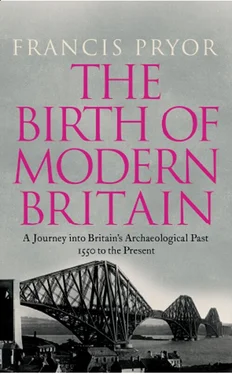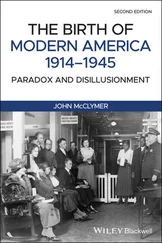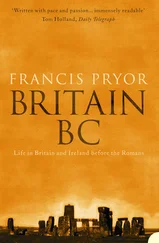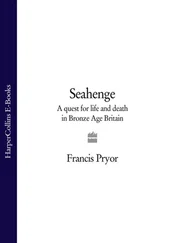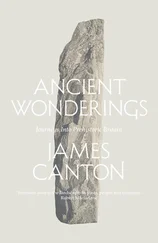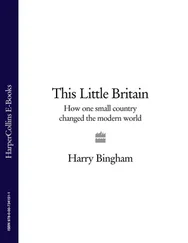The following morning Mick appeared clasping what had to be the thickest paperback book I have ever seen. He thudded it down on my desk. It was, or rather is, a staggering 1,047 pages long and includes a CD-ROM of many hundreds more. Having written one or two thickish tomes myself, I know just how much effort it must have taken Mick, and his long-term collaborator, Chris Gerrard, to write and assemble such a Goliath. And now, a few weeks later, I have more or less digested its main findings and it is indeed an astonishing work of great scholarship. It is the account of a survey that took place over a decade, from 1989 to 1999, and involved the methodical field-walking and selected excavation of most of the parish of Shapwick. 2
Field-walking, incidentally, is the process whereby a group of archaeologists walk slowly over a field, carefully following a grid. As they walk they put any finds they can see on the surface into bags which are marked with a grid reference. Strange as it may seem, this can be very hard work: on wet days heavy clay sticks to your boots and soon your shoulders start to ache because your head is permanently inclined towards the ground; by this stage, too, the constant dipping down to pick up finds gets to the muscles in your back and calves.
You might think that field-walking would best be done in the warmth of summer, but in fact it doesn’t work like that. Obviously land put down to woodland, grass or permanent pasture can’t be fieldwalked, but neither can ground that has been freshly ploughed or harrowed. Ideally, cultivated land should be left to the mercies of wind, rain and frost for at least three weeks before it is walked. That way, finds are washed clean and can readily be spotted on the surface. After a day’s walking, the bags are taken somewhere dry where they are emptied, the finds washed and divided into various categories, such as bone, flint, tile, pottery, brick and clay tobacco pipe fragments (which are common on post-medieval sites of the seventeenth to nineteenth centuries).
One reason why post-medieval archaeology is so important is that it allows us better to understand what archaeologists sometimes refer to as ‘formation processes’. In the past these tended to be assumed or were simply taken for granted, which was a shame, because in fact they are crucially important. So what are they? Perhaps the simplest way to think about them is to ponder the many possible ways that archaeological deposits were formed in the very first instance. Take an obvious example: when rubbish was swept under a reed mat or when coins slipped through holes in a tinker’s pockets to land in the mud of a garden path. Some could have been formed through deliberate dumping (what today we would call ‘fly-tipping’), or during religious offerings, sacrifices or perhaps in the course of a cataclysmic event, such as a fire, earthquake, hurricane, tsunami or the eruption of a great volcano.
Usually one can rule out certain options. Earthquakes and volcanic eruptions are generally infrequent in Britain, for example. But then it gets more complex. Dredging of the Thames to allow larger ships upstream in the late nineteenth and early twentieth centuries revealed huge quantities of Bronze Age weapons and human skulls. At the time it was assumed that these had been washed into the river from settlements along the shoreline. Somewhat later people preferred to think that much of this material had been lost when ancient travellers had attempted to ford the river. Today we tend to regard most of these river finds as being the result of deliberate religious offerings to the waters. In fact, there is precious little by way of hard and fast evidence to support any of these suggestions. As a general rule such explanations tend to depend on which theories are currently fashionable in academic circles – and nowadays ideas centring around religion and ritual are much in favour.
So let’s suppose that we’ve emptied the contents of our field-walking bags onto a table. The first problem one has to address is simple: how did these hundreds (more usually thousands) of things find their way into, and onto, the ground? Now with very ancient prehistoric material it can be difficult to decide what surface finds actually represent. Soft, poorly fired pottery rarely survives attack by the humic acids in the ploughsoil, and bone succumbs quite quickly as well. So their absence does not mean that they were never there in the first place. As a result, all one is usually left with is flint. And it’s usually impossible or very difficult to decide whether a scattering of flints originated from a permanent village, a camp or a temporary squat, where a handful of hunters stopped to prepare a few new arrowheads after breakfast.
Such conundrums can be easier to unravel in Roman and medieval times when the appearance of bricks, roof tiles and mortar can signal the existence of demolished buildings. But again, although Roman pottery is harder and tends to survive rather better in the soil, bone can soon vanish and iron rapidly rusts away to nothing. Only in post-medieval times does material survive so well in the topsoil that it becomes possible to decide with some certainty how, and indeed why, it originally became incorporated into the earth. And strangely, as Shapwick has shown so clearly, the manner in which some of this material seems to have found its way into the topsoil could be unexpected.
Viewed from an historical perspective, the end of the Middle Ages was traumatic, what with the Reformation, the rise of the Tudors and the Dissolution of the Monasteries. But although these were indeed major events, we will see that their actual impact on the growth and development of Britain’s rural and urban landscapes was surprisingly small. Of course specific sites – and here I am thinking most particu-larly of rural and urban monastic estates – were dramatically affected, but the general run of the landscape was not. It is becoming increas-ingly clear that many of the processes that became self-evident in the mid-sixteenth century had roots very much earlier, usually in the mid-fourteenth; this was the period which witnessed the first impacts of the successive waves of plague we generally refer to as the Black Death. We can see this continuity particularly clearly in the distribution of surface finds at Shapwick.
FIG 1 Three maps of Shapwick, Somerset showing (1) the distribution of later medieval (twelfth–fifteenth centuries) and (2) post-medieval (sixteenth– eighteenth centuries) pottery; map 3 shows the distribution of unidentified brick and tile fragments. These maps clearly demonstrate that there was no break in settlement at the close of the Middle Ages.
I have described how the range and robustness of post-medieval topsoil finds often provide clues as to how they found their way into the ground. Take an obvious example: if surface scatters of brick, tile, cement and plaster are discovered in a field, one might reasonably suppose this was the site of a demolished or collapsed building. Similarly, quantities of pottery and animal bone might indicate the erstwhile presence of rubbish tips. But here we immediately encounter problems, because the idea of useless rubbish is essentially a modern concept, and one which is already, thankfully, on the way out. Even as late as the nineteenth century much rubbish, including human excrement, was actually recycled and spread on the land where it provided a valuable source of nitrogen and other minerals. ‘Night soil’, as the contents of London’s many millions of privies was called, was spread on the fields growing vegetables in Bedfordshire and Middlesex, especially on the lighter gravel soils around Heathrow.
The men given the unenviable task of filling the carts and then transporting and spreading the night soil would smoke a lethal dark shag tobacco in clay pipes, believing this would keep illness, as well as the stink, at bay. Today if you field-walk these fields you will be rewarded by the discovery of thousands of broken pipe fragments. So the discovery of pieces of pipe provides a good indication of how that particular soil might have originated. There are also other clues that allow us to make an informed guess about a deposit’s formation process.
Читать дальше
